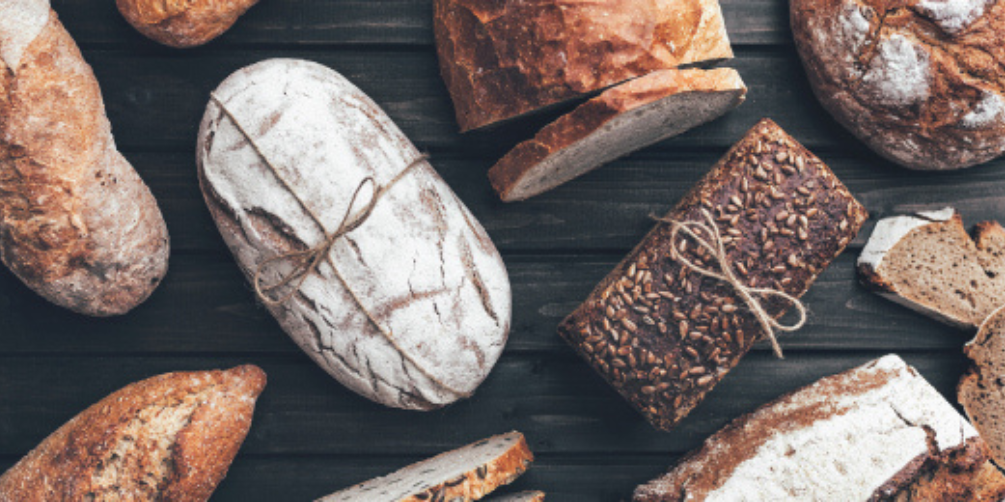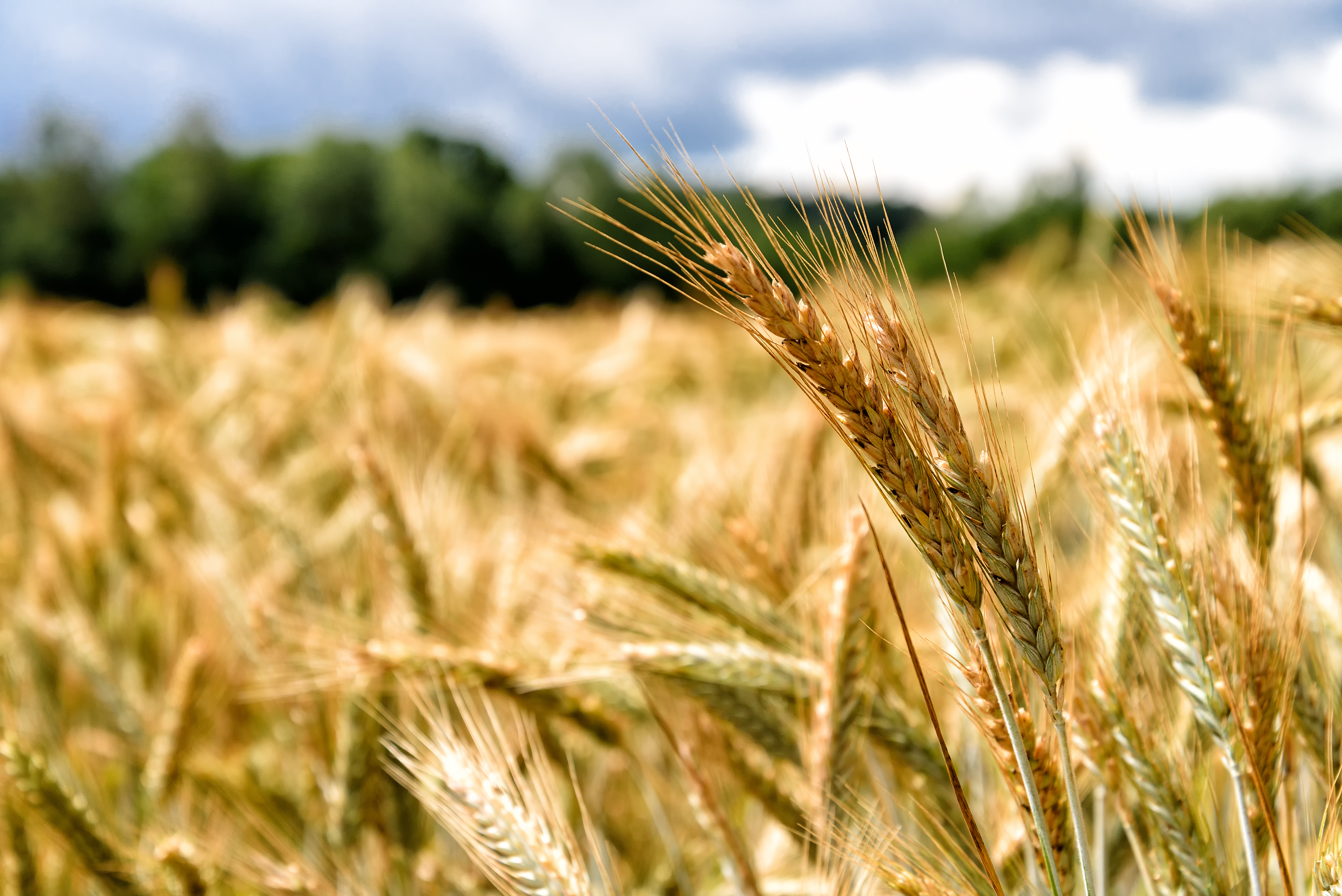As a company, the health and safety of our consumers is our priority. It is our responsibility to set standards and expectations for ourselves to provide complete transparency and factual information about all of our products - no nasties to hide!
What is 'may contain gluten'?
Many naturally gluten free food products are followed by "may contain gluten”... Why is this?
Gluten free food must not contain:
- any detectable gluten; or
- oats or oat products; or
- cereals containing gluten that have been malted, or products of such cereals
Although many of our products are naturally gluten free, they share a facility or equipment with gluten containing items during the manufacturing and packaging stage.
Therefore, there is a risk of gluten cross contamination and potential for the product to contain traces of gluten. For many consumers this is okay, however for those who suffer from coeliac disease, or gluten intolerances, consuming gluten can have detrimental outcomes to their health.
What Is Gluten?

Gluten is one of bread’s most valuable components, giving the dough a stretchiness and baked bread its fluffiness.
The term ‘gluten’ is used to collectively describe proteins (‘prolamins’) found in wheat, rye, barley and oats. The gluten from each grain is called something different: Wheat – Gliadin; Barley – Hordein; Rye – Secalin; Oats – Avenin. Some people are sensitive to gluten and if you have Coeliac disease you should avoid gluten-containing foods altogether.
Oats contain avenin, a protein that acts similarly to gluten in wheat. Avenin is distinctively different from the proteins found in wheat, rye and barley and is often tolerated by the majority of those with gluten sensitivities if uncontaminated.
What is Coeliac Disease?

Coeliac disease is an autoimmune disorder in which the presence of gluten in your diet causes damage to your small intestine. This damage and inflammation can cause gastrointestinal symptoms including bloating, vomiting, gas, diarrhoea, constipation, unintentional weight loss and anaemia. Coeliac disease can be diagnosed with a blood test and its treatment is to follow a gluten-free diet forevermore.
While Coeliac disease is the most extreme form of gluten intolerance, some people are sensitive to gluten and can experience gastrointestinal discomfort when consuming gluten-containing foods.
What is Gluten Free then?
To be considered ‘Gluten Free’ there needs to be no detectable gluten within the limits of the test. In accordance with FSANZ the limit of reporting/quantification should be 5 parts per million (ppm) and the limit of detection between 1ppm and 3ppm. That is the lowest level that can be consistently detected in foods using valid scientific analytical tools.
It is important to note these laws mandate Australian and New Zealand products only. Internationally, gluten tests are run at different limits of reporting/ quantification to meet 'Gluten Free’ criteria. For example, in America, the FDA has set a limit of less than 20ppm.
Speaking to our Values:
We strive to build genuine relationships in which customers can trust us to provide them with products that help to make healthy living simple, sustainable and accessible. We aim to:
- Be honest and transparent
- Have no nasties added
- Be for the community, our planet and our people
- Make a positive impact
- Support sustainable agriculture practices
- Improve the accessibility of healthier, better alternatives
- Share wisdom and knowledge with our community
- Inspire a healthier and more sustainable way of living






